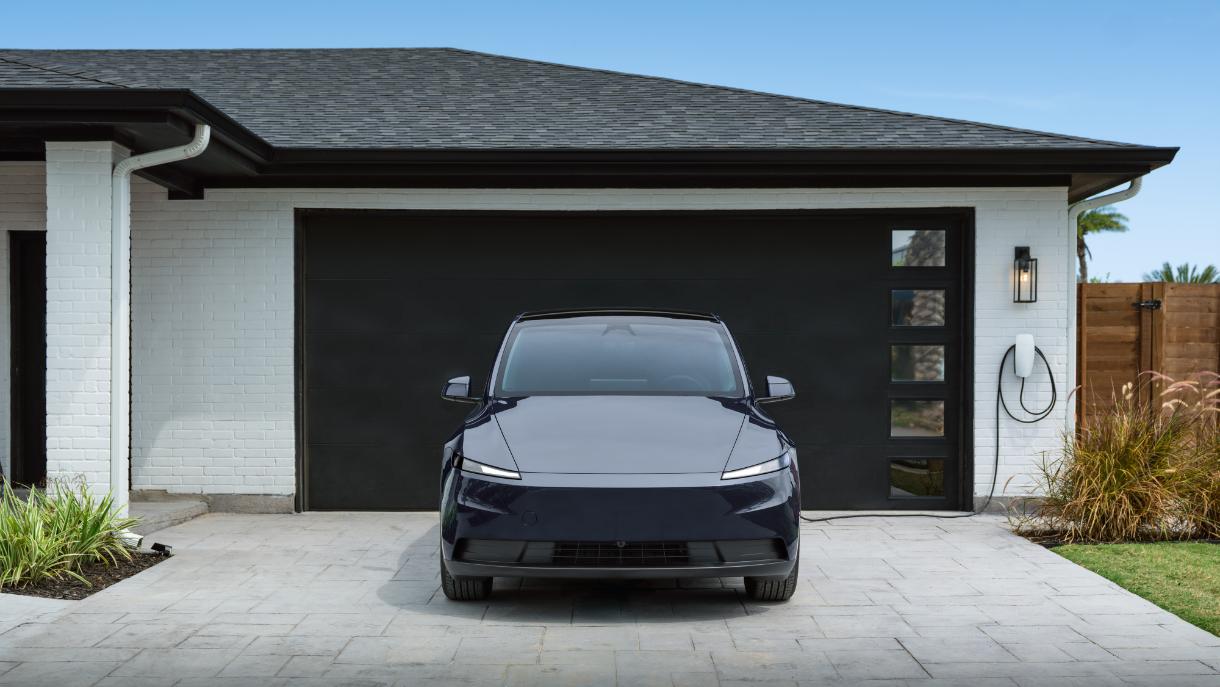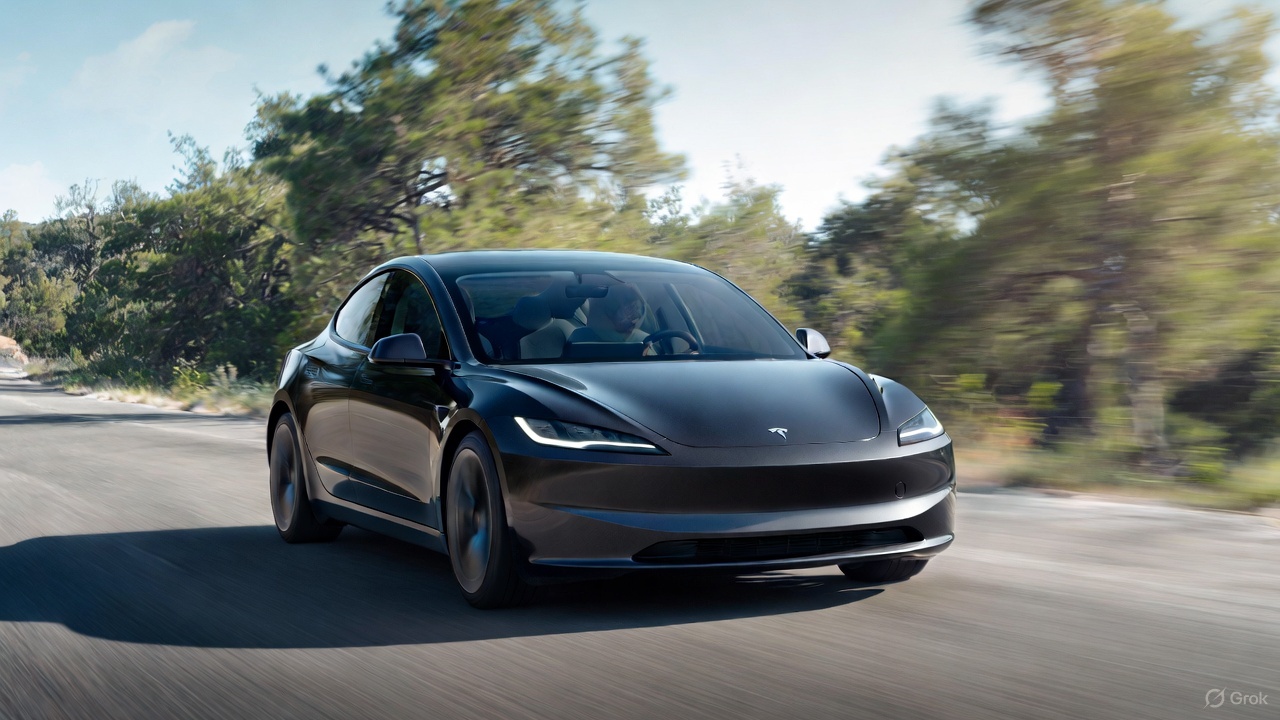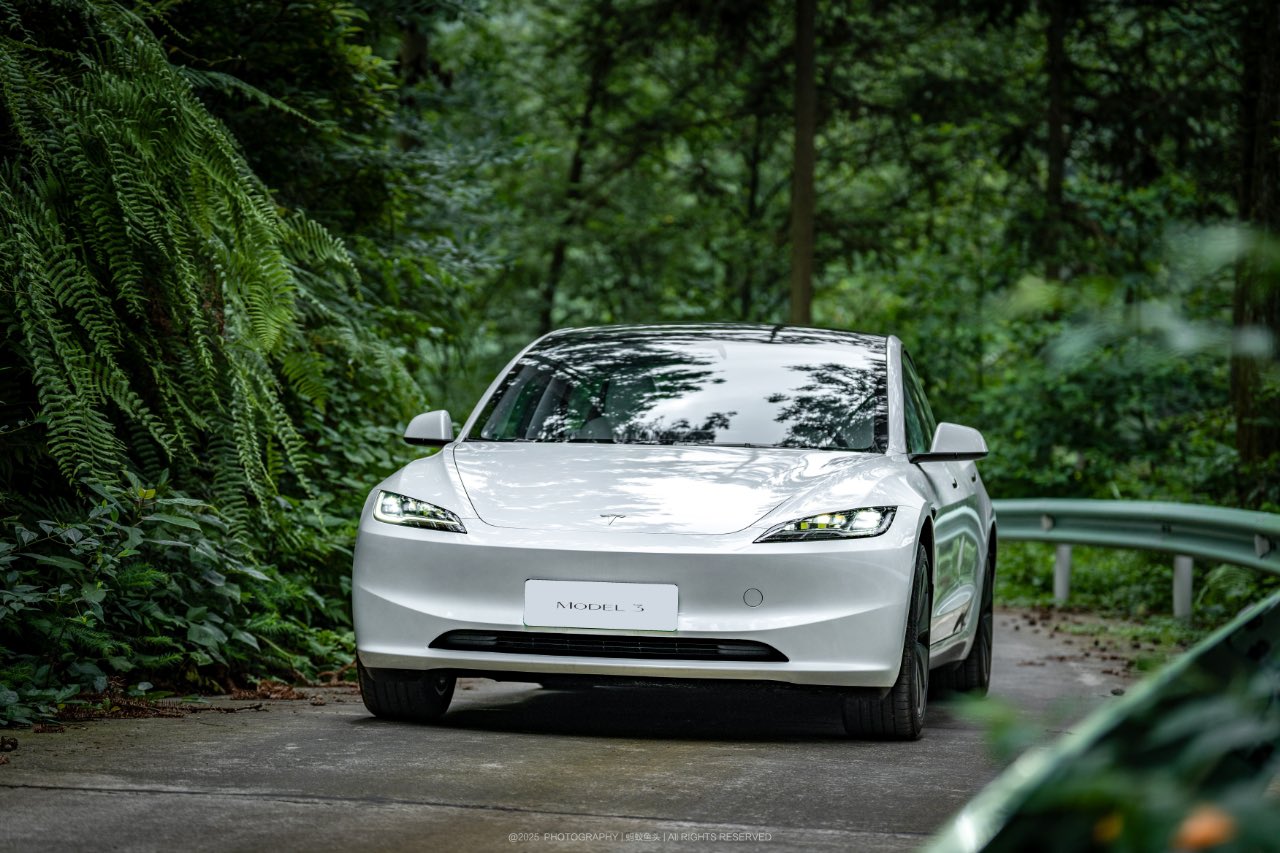Tesla CEO Elon Musk has landed in Germany for a “technical” visit to Giga Berlin, the European production facility Tesla plans to launch later this year. During an interview with local media, Musk stated that he hopes production can begin by the end of 2021.
According to Jörg Steinbach, the Minister of Economics, Labor, and Energy for the State of Brandenburg, his team was informed by Tesla directly last week that Musk would be visiting Germany on May 14th. This meeting didn’t take place, but Musk did arrive in Germany yesterday, May 16th, according to his plane tracker. Musk left London for Berlin Brandenburg Airport and arrived in Germany after a quick, 76-minute flight.
Steinbach said the nature of the visit is “mainly technical” and that Musk has not scheduled meetings with either him or Dietmar Woidke, who is Brandenburg’s Minister-President.
We have been informed by @Tesla on Friday, May 14th, that a visit of @elonmusk of Grünheide was expected to happen. As the purpose of this visit is mainly technical in character political meetings with Ministerpräsident #Woidke or myself have not been scheduled. @Stk_Brandenburg
— Jörg Steinbach (@joergstb) May 16, 2021
After visiting Giga Berlin on Monday, Musk indicated that he hopes the site will be ready for production by the end of 2021.
“It looks like we could start production at the end of the year,” Musk said. “You can only build cars when all the parts are in place.”
Musk has visited Germany on two previous occasions, with his first appearance being in September 2020 and the second in November, where he personally interviewed engineering applicants who desired to work at Giga Berlin. The factory has encountered exceptional support from local politicians, including Steinbach and Woidke. Steinbach recently confirmed to Teslarati that the rumored production delays until early 2022 were not accurate and that he expected Tesla to begin producing vehicles in Germany as early as late-Summer.
Tesla CEO Elon Musk receives rockstar welcome in first visit to Giga Berlin
Tesla’s application for Giga Berlin continues to work its way through the approval process. Local sources indicate that it could take anywhere from 3-5 years for Tesla to gain ultimate approval, but this will not prevent the automaker from producing its vehicles at the facility. Ultimately, the deliberate process that is utilized by politicians to approve a project gives the government plenty of time to examine all of the implications of allowing a massive industrial project to operate in the region. The chances for rejection are extremely slim, even though the process will take several years to be finalized.
Musk commented on the process during the interview at the Giga Berlin site today.
“I think it would be better if there was less bureaucracy. On the other hand,” Musk continued, “more and more rules accumulate over time, and in the end, you can’t do anything.”
Elon continued
“On the other hand, more and more rules accumulate over time, and in the end you can’t do anything.”
But he is confident about Giga Berlin, “I think it will work well”
— Alex (@alex_avoigt) May 17, 2021
Tesla recently added plans for a battery cell plant to the application, increasing its production rate for the new, less expensive, but more effective 4680 battery cells. Tesla will not build this factory in time for the initial production phase in a few months and will instead depend on cells from its Kato Road cell manufacturing plant in Northern California.
Tesla said it expects Giga Berlin to begin limited production by the end of the year in its Q1 2021 Earnings Call Update Letter. Volume production at the plant is expected to begin in 2022, the company said.

News
Tesla Model Y Standard stuns in new range test, besting its Premium siblings
Tesla’s newer vehicles have continued to meet or exceed their EPA estimates. This is a drastic change, as every 2018-2023 model year Tesla that Edmunds assessed did not meet its range estimates.

The Tesla Model Y Standard stunned in a new range test performed by automotive media outlet Edmunds, besting all of its Premium siblings that are more expensive and more luxurious in terms of features.
Testing showed the Model Y Standard exceeded its EPA-estimated range rating of 321 miles, as Edmunds said it is the “longest-range Model Y that we’ve ever put on our loop.” In the past, some vehicles have come up short in comparison with EPA ranges; for example, the Model Y’s previous generation vehicle had an EPA-estimated range of 330 miles, but only drove 310.
Additionally, the Launch Series Model Y, the first configuration to be built in the “Juniper” program, landed perfectly on the EPA’s range estimates at 327 miles.
It was also more efficient than Premium offerings, as it utilized just 22.8 kWh to go 100 miles. The Launch Series used 26.8 kWh to travel the same distance.
It is tested using Edmunds’ traditional EV range testing procedure, which follows a strict route of 60 percent city and 40 percent highway driving. The average speed throughout the trip is 40 MPH, and the car is required to stay within 5 MPH of all posted speed limits.
Each car is also put in its most efficient drive setting, and the climate is kept on auto at 72 degrees.
“All of this most accurately represents the real-world driving that owners do day to day,” the publication says.
With this procedure, testing is as consistent as it can get. Of course, there are other factors, like temperature and traffic density. However, one thing is important to note: Tesla’s newer vehicles have continued to meet or exceed their EPA estimates. This is a drastic change, as every 2018-2023 model year Tesla that Edmunds assessed did not meet its range estimates.
Tesla Model Y Standard vs. Tesla Model Y Premium
Tesla’s two Model Y levels both offer a great option for whichever fits your budget. However, when you sit in both cars, you will notice distinct differences between them.
The Premium definitely has a more luxurious feel, while the Standard is stripped of many of the more premium features, like Vegan Leather Interior, acoustic-lined glass, and a better sound system.
You can read our full review of the Model Y Standard below:
Tesla Model Y Standard Full Review: Is it worth the lower price?
News
Xpeng CEO: Tesla FSD 14.2 has developed “near-Level 4” performance
While acknowledging that imperfections remain, the Xpeng CEO said FSD’s current iteration significantly surpasses last year’s capabilities.

Xpeng CEO He Xiaopeng has offered fresh praise for Tesla’s Full Self-Driving (FSD) system after revisiting Silicon Valley more than a year after his first hands-on experience.
Following extended test drives of Tesla vehicles running the latest FSD software, He stated that the system has made major strides, reinforcing his view that Tesla’s approach to autonomy is indeed the proper path towards autonomy.
Tesla FSD closing in on Level 4 driving
During his visit, He test-drove a Tesla equipped with FSD V14.2. He also rode in a Tesla Robotaxi. Over roughly five hours of driving across Silicon Valley and San Francisco, He said both vehicles delivered consistent and reassuring performance, a notable improvement from his experience a year earlier.
According to He, Tesla’s FSD has evolved from a smooth Level 2 advanced driver assistance system into what he described as a “near-Level 4” experience in terms of capabilities. While acknowledging that imperfections remain, the Xpeng CEO said FSD’s current iteration significantly surpasses last year’s capabilities. He also reiterated his belief that Tesla’s strategy of using the same autonomous software and hardware architecture across private vehicles and robotaxis is the right long-term approach, allowing users to bypass intermediate autonomy stages and move closer to Level 4 functionality.
He previously tested Tesla’s FSD V12.3.6 and Waymo vehicles in California in mid-2024, noting at the time that Waymo performed better in dense urban environments like San Francisco, while Tesla excelled in Silicon Valley and on highways.
Xpeng’s ambitious autonomy roadmap and internal challenge
The Silicon Valley visit also served as a benchmark for Xpeng’s own autonomy ambitions. He stated that Xpeng is looking to improve its VLA autonomous driving system to match the performance of Tesla’s FSD V14.2 within China by August 30, 2026. Xpeng is poised to release its VLA 2.0 smart driving software next quarter, though He cautioned that the initial version will not be able to match FSD V14.2’s capabilities, as noted in a CNEV Post report.
He also added a personal twist to the goal, publicly challenging Xpeng’s autonomous driving team. If the performance target is met by the 2026 deadline, the CEO stated that he will approve the creation of a Chinese-style cafeteria for Xpeng’s Silicon Valley team. If not, Liu Xianming, head of Xpeng’s autonomous driving unit, has pledged to run naked across the Golden Gate Bridge, He noted.
News
Another Tesla Model 3 variant sold out for January 2026 in China
A look at Tesla China’s order page shows that new Model 3 LR RWD orders now have an estimated delivery date of February 2026.

Another Tesla Model 3 variant in China appears to have sold out for January 2026, with the vehicle now showing an estimated delivery date of February 2026 for new orders. This bodes well for the all-electric sedan, which has maintained notable sales despite more affordable rivals like the Xiaomi SU7 and its crossover sibling, the Model Y.
Model 3 LR RWD joins February 2026 queue
A look at Tesla China’s order page for the all-electric sedan shows that new Model 3 Long Range Rear Wheel Drive orders now have an estimated delivery date of February 2026. Priced from RMB 259,500 ($36,810), the LR RWD sits as the second-lowest-priced trim in Tesla China’s four-variant Model 3 lineup. The move follows a similar delivery timeframe for the Model 3 Performance, which remains the most expensive option for the vehicle, as noted in a CNEV Post report.
The estimated delivery dates of the two remaining Model 3 variants remain unchanged for now. The base RWD version, starting at RMB 235,500, and the LR AWD variant, priced from RMB 285,500, both continue to list estimated delivery times of 4-6 weeks. Tesla China, for its part, has continued to list in-stock Model 3 vehicles and is actively encouraging buyers to select inventory units for delivery before the end of the year.
Model Y delays and policy shifts
Delivery timelines for the Model Y in China are also stretching into 2026. All customized Model Y variants now show February 2026 as their estimated delivery date, except for the entry-level version, which still lists January 2026. Tesla has been urging customers since November to prioritize purchasing inventory vehicles, a push aimed at maximizing year-end deliveries.
Timing matters for Chinese buyers due to upcoming changes in government incentives. China’s new energy vehicle purchase tax exemption will be scaled back in 2026, which means customers who take delivery next year could face higher tax costs compared to those who are able to receive vehicles before the end of the year.
As per data from the China Passenger Car Association, Tesla recorded retail sales of 73,145 vehicles in November, down 0.47% year over year. From January through November, Tesla’s retail sales in China totaled 531,855 units, a 7.37% year-over-year drop.










